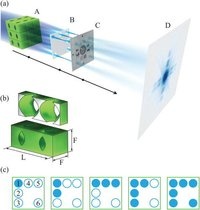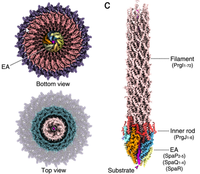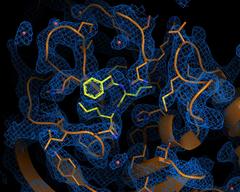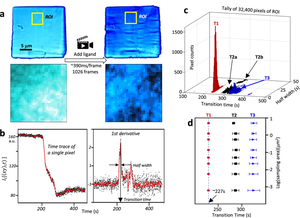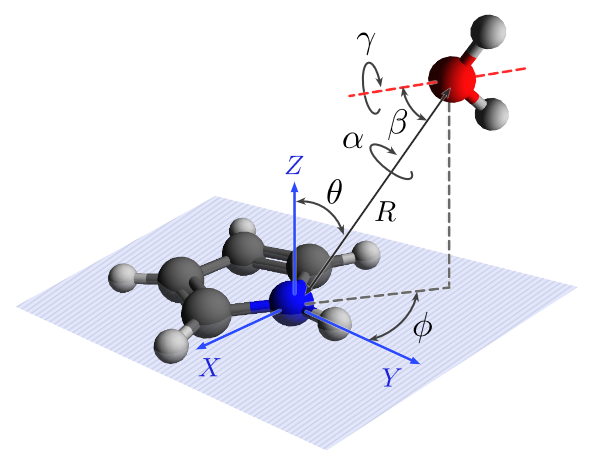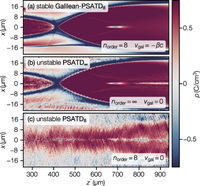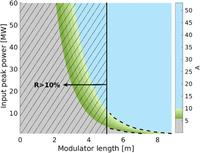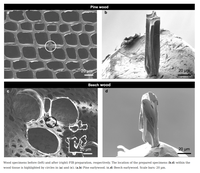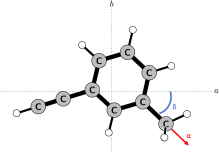Structure and dynamics of a mycobacterial type VII secretion system
| Mycobacterium tuberculosis is the cause of one of the most important infectious diseases in humans, which leads to 1.4 million deaths every year(1). Specialized protein transport systems-known as type VII secretion systems (T7SSs)-are central to the virulence of this pathogen, and are also crucial for nutrient and metabolite transport across the mycobacterial cell envelope(2,3). Here we present the structure of an intact T7SS inner-membrane complex of M. tuberculosis. We show how the 2.32-MDa ESX-5 assembly, which contains 165 transmembrane helices, is restructured and stabilized as a trimer of dimers by the MycP(5) protease. A trimer of MycP(5) caps a central periplasmic dome-like chamber that is formed by three EccB(5) dimers, with the proteolytic sites of MycP(5) facing towards the cavity. This chamber suggests a central secretion and processing conduit. Complexes without MycP(5) show disruption of the EccB(5) periplasmic assembly and increased flexibility, which highlights the importance of MycP(5) for complex integrity. Beneath the EccB(5)-MycP(5) chamber, dimers of the EccC(5) ATPase assemble into three bundles of four transmembrane helices each, which together seal the potential central secretion channel. Individual cytoplasmic EccC(5) domains adopt two distinctive conformations that probably reflect different secretion states. Our work suggests a previously undescribed mechanism of protein transport and provides a structural scaffold to aid in the development of drugs against this major human pathogen. Nature volume 593, pages 445–448 (2021) Bunduc, CM, Fahrenkamp, D, Wald, J, Ummels, R, Bitter, W, Houben, ENG, Marlovits, TC | 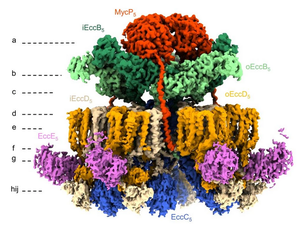 |
